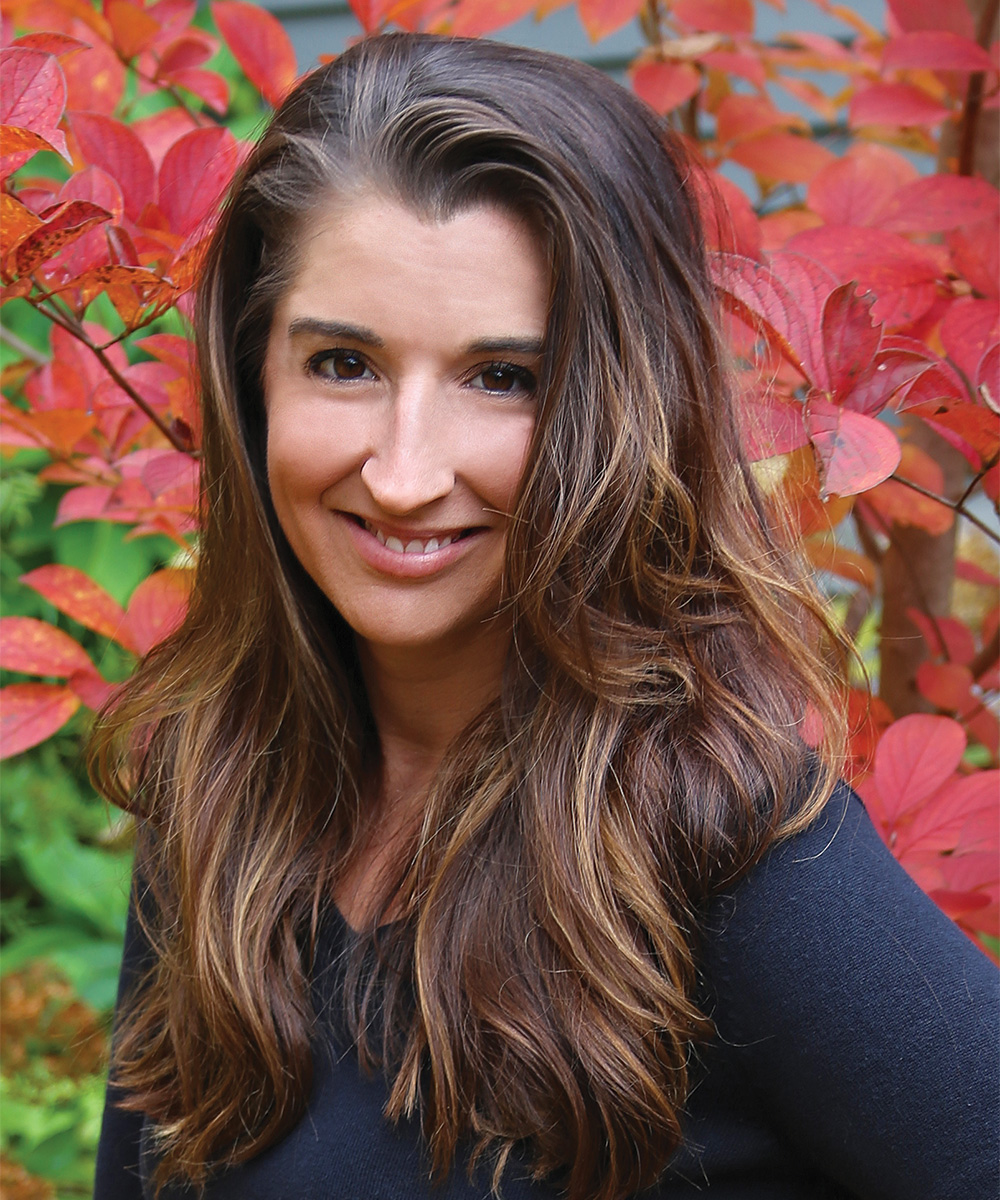
The thought of putting white plastic swan planters in my garden gives me goose bumps. And not in a good way.
I’m not a garden snob. Seeing a rogue garden gnome here or there gives me great joy. But a landscape filled with a bunch of plastic inanimate objects just seems contrary to gardening as a concept. After all, our hobby or vocation is the art of subtly bending living things found in the natural world into aesthetically pleasing scenes. If you plop a bunch of obviously man-made items all over the place, it’s jarring. Or at least that’s how I feel when I enter a space filled with more plastic pinwheels than plants.
I don’t feel that way about my hostas, though. They are living plants, not something manufactured in a poly-resin factory somewhere. But after reading the interview with Doug Tallamy in issue #208, I might need to rethink my hostas.
If you’re attuned to the world of horticulture, you have no doubt read one of Dr. Tallamy’s books, attended a conference where he has been a speaker, or perhaps even participated as a student in one of his biodiversity classes. His work advocates for the preservation of native ecosystems, something most gardeners wholeheartedly support. But as a gardener, I have to ask: Are the nonnative plants in my landscape ruining the local ecosystem? Is my ‘Island Breeze’ hosta an environmental hazard? Maybe.
As Tallamy sees it, my hosta is just sitting there, not doing any harm, but not doing good either. It’s an ecological space-filler. But if I planted, say, an oak tree, I’d be helping feed and shelter roughly 952 creatures. “Think of your hosta as a little plastic statue. It’s there, and it’s not wrecking anything; it’s just not helping anything,” Tallamy says.
That last bit hit me hard. If I wouldn’t dare fill my landscape with plastic swans, why would I fill it with the plant equivalent? What I love most about the interview with Tallamy was how he spoke directly to gardeners’ concerns and how we might strike a balance between the craft we love and the planet we cherish. It’s not about planting only native plants, but more about the damage that having zero native plants can do.
And it’s about saying no to plastic swans, regardless.
—Danielle Sherry, executive editor, dsherry@taunton.com
See more from Fine Gardening #208
Fine Gardening Recommended Products

The Nature of Oaks: The Rich Ecology of Our Most Essential Native Trees
Fine Gardening receives a commission for items purchased through links on this site, including Amazon Associates and other affiliate advertising programs.

ARS Telescoping Long Reach Pruner
Fine Gardening receives a commission for items purchased through links on this site, including Amazon Associates and other affiliate advertising programs.

Planting in a Post-Wild World: Designing Plant Communities for Resilient Landscapes
Fine Gardening receives a commission for items purchased through links on this site, including Amazon Associates and other affiliate advertising programs.




















Comments
Log in or create an account to post a comment.
Sign up Log in